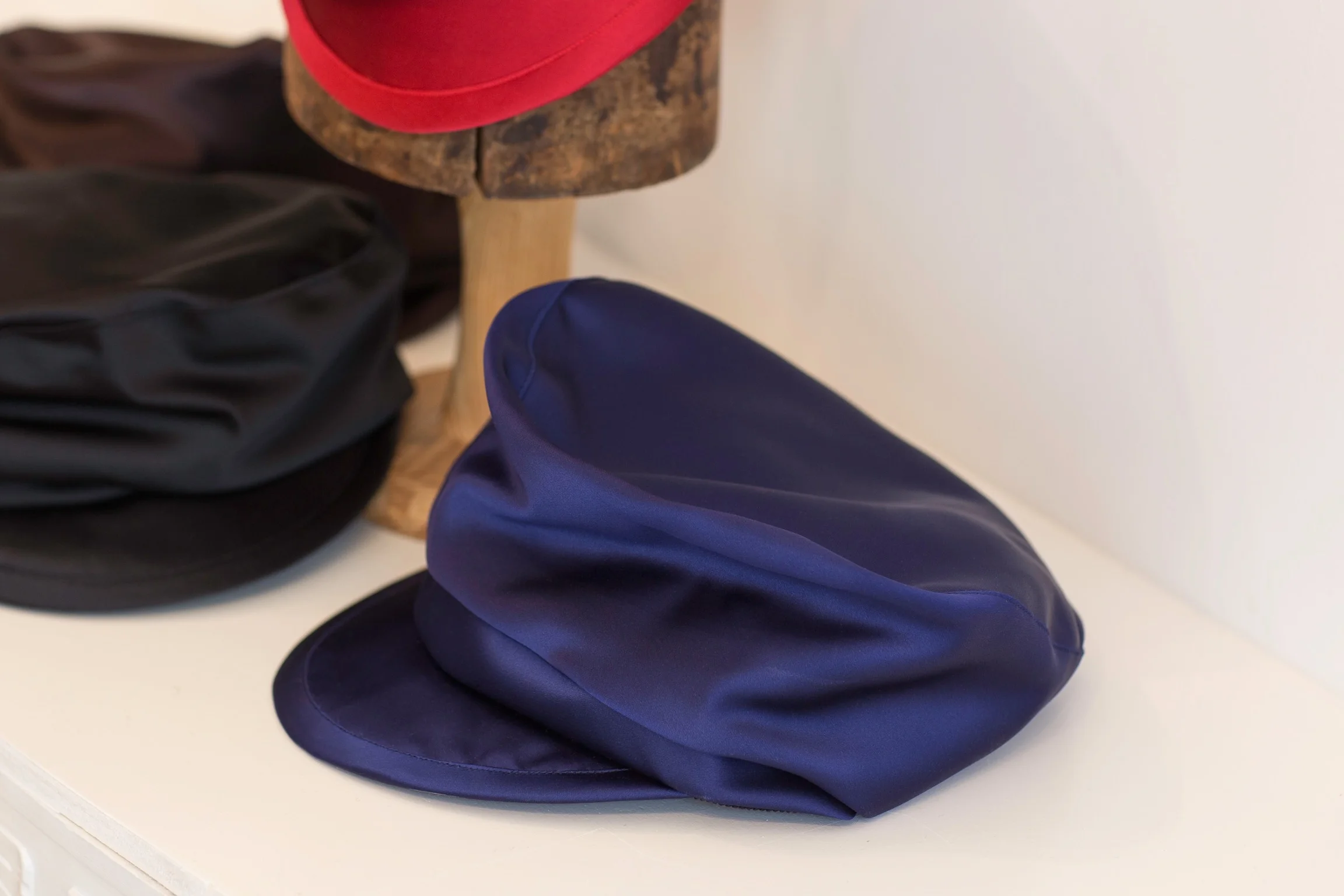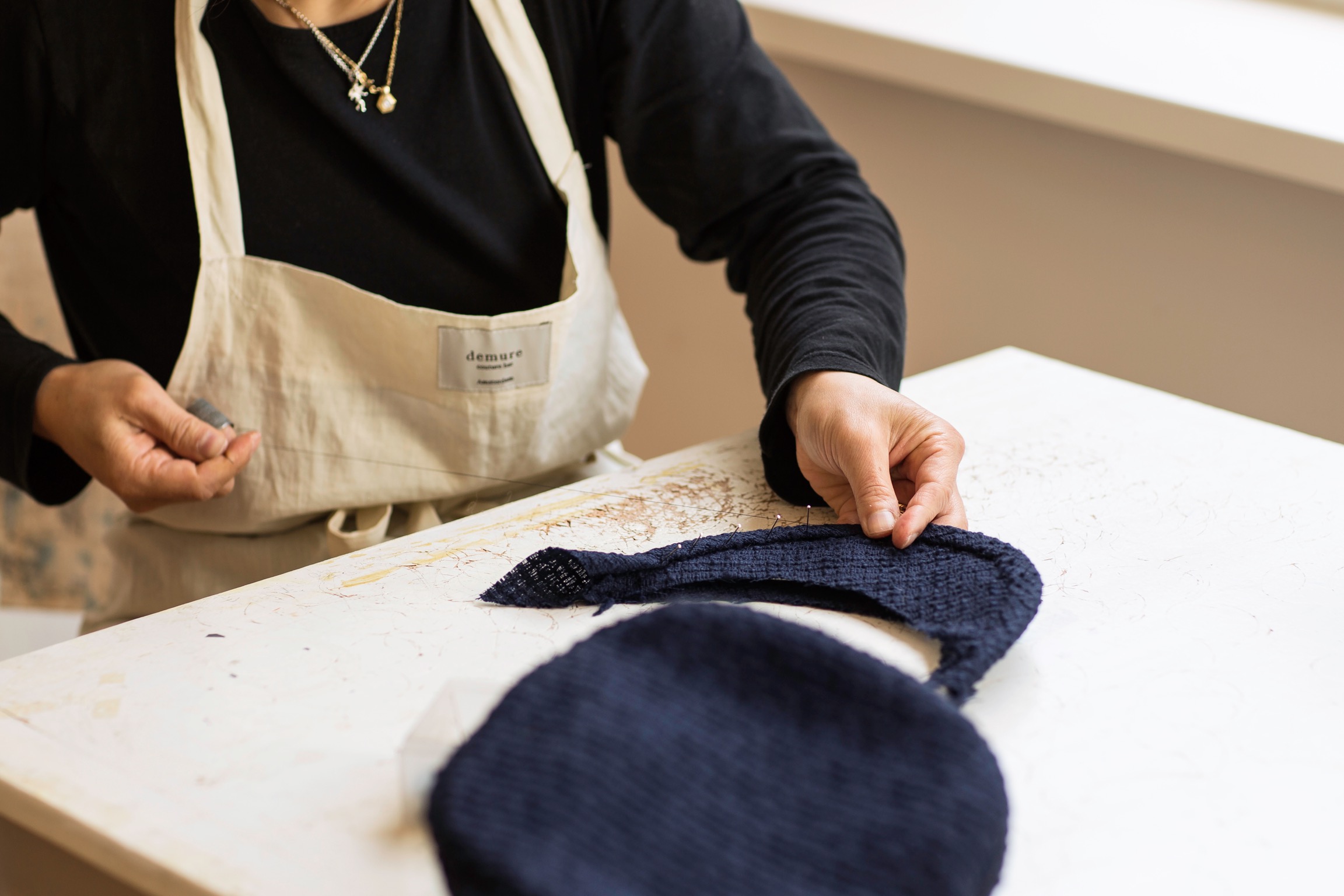As some of you may know, I originally come from Japan, which is known as a ‘trendy country’. Everything is pretty advanced there and attitude towards sustainability is no exception. However, while awareness for sustainability has been raised relatively recently worldwide, in Japan, it has been a core value of the culture since the beginning of history and there are three major reasons that I see.
Firstly, it is a country under heavy influence of Buddhism. The way they think is logical yet pragmatic. For example, before we start eating, instead of saying ‘Bon appetite’, we say ‘We are about to eat others’ life with most gratefulness and respect’. It means that, while we accept that we cannot physically survive without eating others’ lives animal-based or plant-based, it is important that we pay utmost respect to the sacrifice and try to keep such sacrifice to the minimum. And speaking of respect, we are also told not to forget all the effort that people made so we can have what we have. There were these people who produced the goods, then people who worked hard to bring these goods home. Wasting things would be a sign of disrespect to these hard-working people. My grandfather would say ‘If you think about these things, you wouldn’ t even leave a single grain of rice left in your ricebowl!.
Secondly as a matter of a fact, despite apparent material abundance, Japan has always lived on little resources. To date, rice is the only thing they can supply themselves 100% domestically as a result of heavy governmental protection. Everything ielse s imported. In 70’s when there was this oil crisis, there was a rumour that we would even run out of toilet papers and people would rush into supermarket in panic.
Thirdly, it was merely 70 years ago that the entire nation went through poverty and starvation during the World War II. My parents’ generation and the older have passed on their stories and have taught us how grateful we should be for the peace and other tings that come with it.
The idea of sustainability therefore is my permanent personal value rather than something I have been made aware of recently and it certainly isn’t something I talk about to present my brand as ‘trendy’. Also, as you may realise by now, innovations and creativity that come from Japan are often result of people’s effort to enhance our living without wasting resources, be it on corporate or individual level. For example on a very individual level, when I was 10 year old, I told my father that I wanted a telescope to watch the surface of the moon. He first complained how much of luxury I was asking for, but next moment he would go and find small optical mirrors from some old equipments and a small piece of water pipe left in a building site and would build a telescope. It might have looked nothing like an expensive telescope, but I could indeed see the craters of the moon, the ring of Saturn and Jupiter with 4 of its largest satellites!
When I opened my studio in September 2016, my business-savvy friend would tell me how important it was for me to make sure the look of the studio premise was up to the luxury standard and was appalled that I brought unused furniture from home. However, before a luxury brand owner, I am a person who was raised with values described as above and I could not make a compromise. Also I strongly believe that what makes my product ‘luxurious’ is the time, work and care that I put into each hat that I make and not the money I spend in new furniture for the studio (where I make a mess anyway!).
Having said that, while I am an individual who values sustainability, I am also a fashion designer who is supposed to produce beautiful things. These days, if I say ‘this is an environmentally-friendly hat’,I will probably get away to some extent even with an ugly hat made with scraps of fabrics in bad colours scheme. However, I take my job as a designer too seriously for that marketing plot. Of course, working with sustainability in mind often brings some limitation in terms of resources. However, this is where my ability as a designer is tested. Actually, as I said earlier, such limitation can drive you to be more creative, leading to some pleasantly surprising result! I would like to show a few examples of such projects below.
This bucket hat from AW19 collection (The first photo below) was made with small remnants of tweed used to make skipper caps. Because it was made of all the remnants, putting all the small pieces together in tact yet not showing any seams and also in the right colour scheme was a time-consuming challenge but I had spent long enough to collect enough to choose from. and textures. I made these pieces to order in consultation with customers so everyone had a unique piece with different gradation of colours.
Skipper caps made with ‘C-class’ denim from Japan and lined with Italian silk (The second photo below). B-class’ or ‘C-class’ fabric are the ones which have a few flows (unevenly woven part, small damages etc) and the shocking fact is that, in many cases, these fabrics are simply destroyed. However in Japan, they often sell them at a cost price or there are even factories which specialise in repairing these fabrics to the ‘A-class’. For me, avoiding the ‘flow’ part is easy and the small damage part are made into trims and other small things although I have to give it a little time to efficiently cut the fabrics and think about the designs so these ‘flows’ don’t look like flows. And when it comes to the silk used as lining, there is absolutely nothing wrong with it, it was just that the big brand decided not to use this material and rolls and rolls of this beautiful silk were about to be dumped! Luckily, some rolls were saved by a friend of mine who was happy to share some with me. Otherwise, a skipper cap with handmade silk lining wouldn’ t be possible at the current price ;)
Tur-Ban-Deau made with ‘vegan silk’ (The third photo below). ‘Vegan silk’ is made from cellulose extracted from wood waste, which makes this fabric in principle the same as viscose. However, the fabric used for these pieces are of ‘ball-gown quality’. Normally, the price of a bandeau (EUR49.5,-) is pretty much the same as the cost of this beautiful material but thanks to my fabric supplier who was willing to share the beauty at a much lower price because the pieces were trade samples. Meanwhile, turning these fabric with classic or almost ‘old-fashioned’ look into something more casual and easy to wear with possibility of being able to sell them at a reasonable price was an interesting challenge. Tur-Ban-Deau is a hairband with a small piece of elastic hidden in a cute knot and because of generous use of fabric, it can look as voluminous as a turban while wearing it is very easy.
To care about resources while maintaining high standard of designs, Much of time, energy and professional knowledge are required. And I hope, all the effort that I make result in a product that looks and feels special and becomes something that you would like to wear for a long time. My biggest wish is that, instead of investing money into disposable fashion, people invest in the effort and creativity to optimise the potential of resources, and end up in a product that you can emotionally engage for a long time.
It will probably not be the last time that I write about this issue. Thank you so much for your time to listen to my mumbling!
yuki








